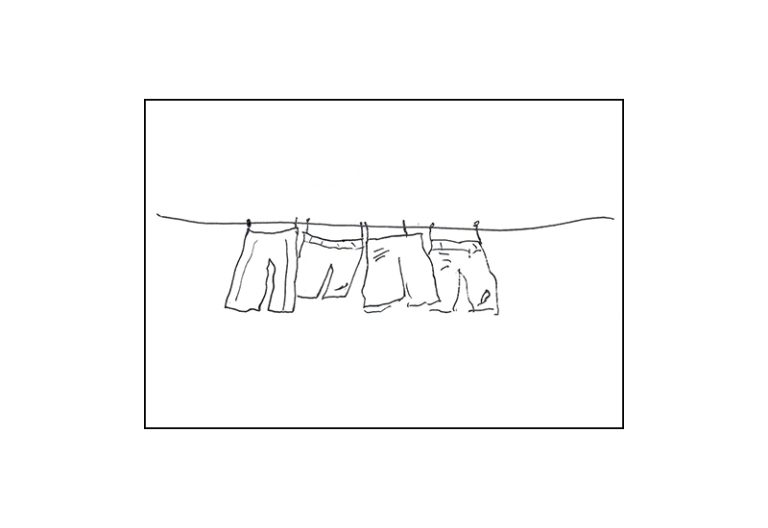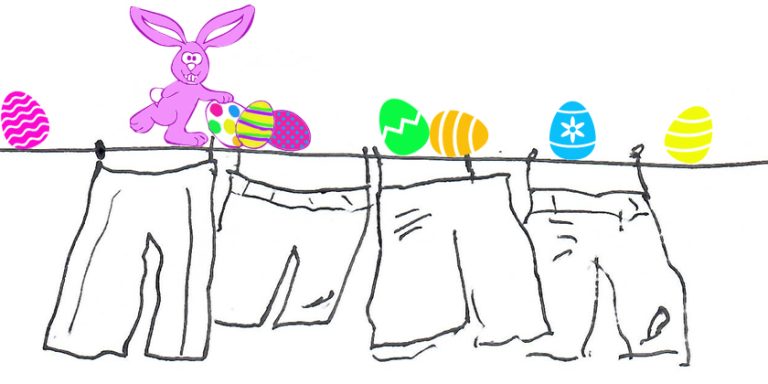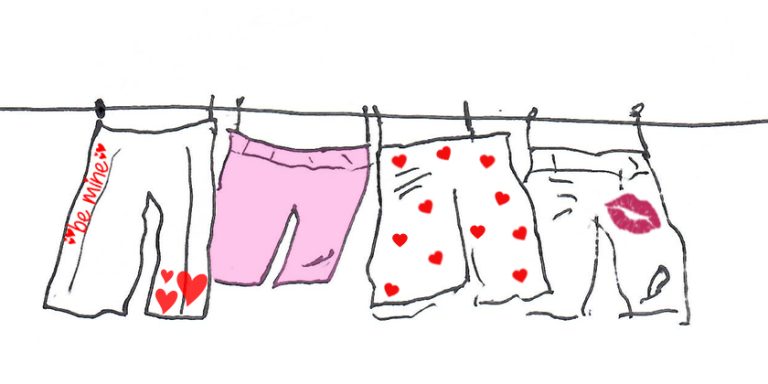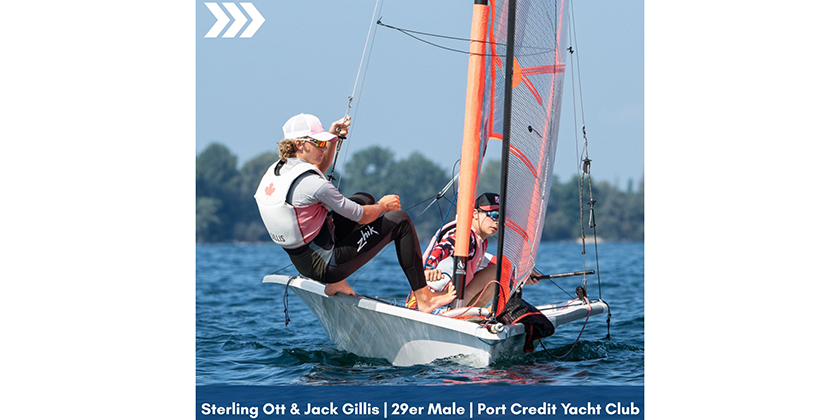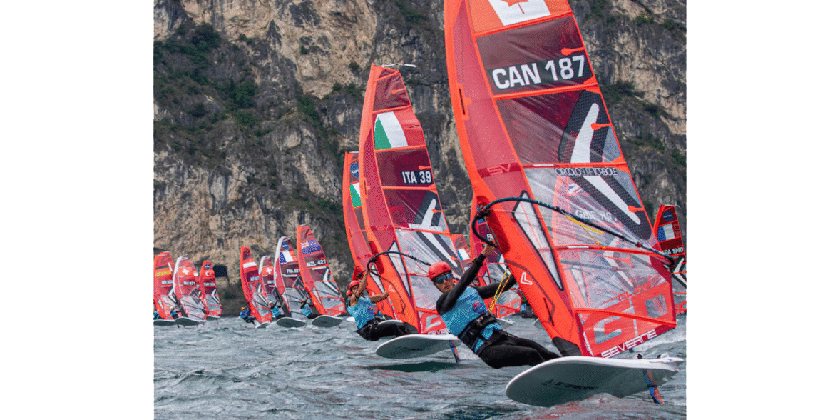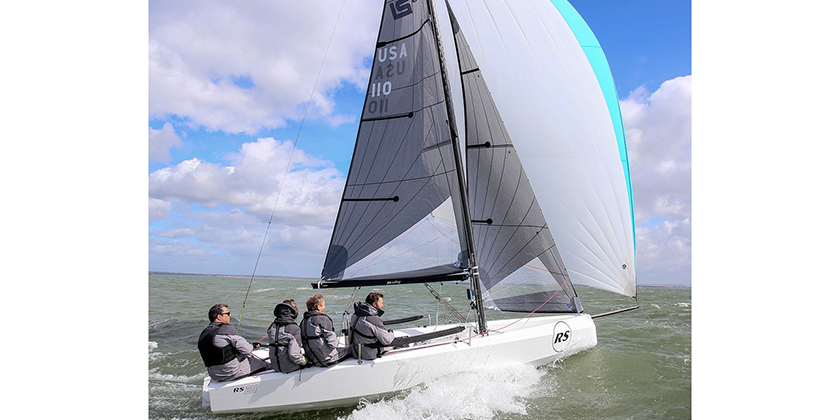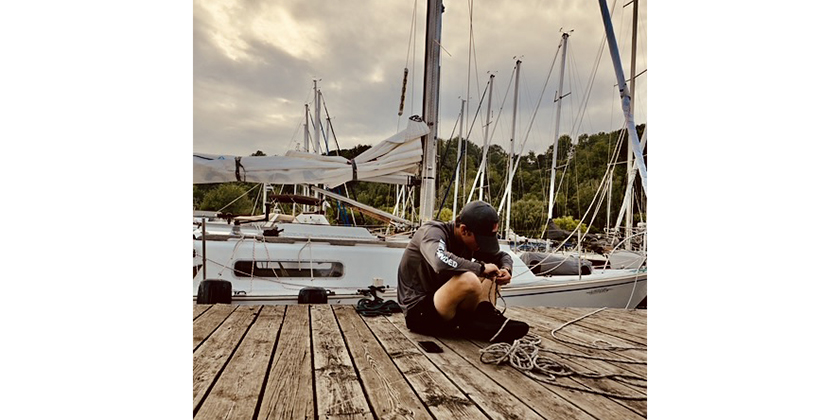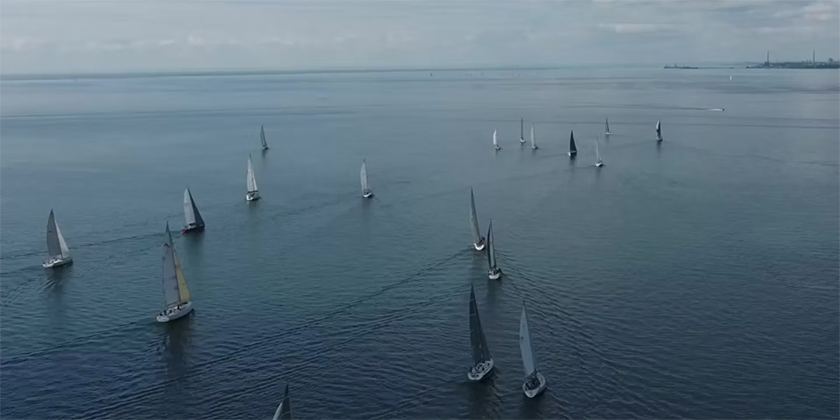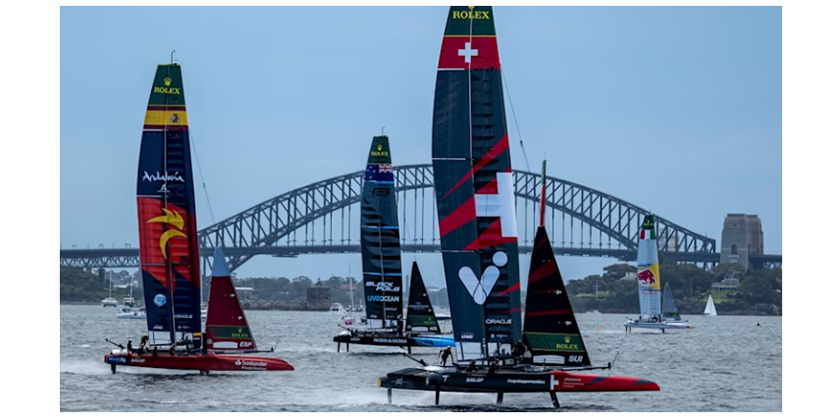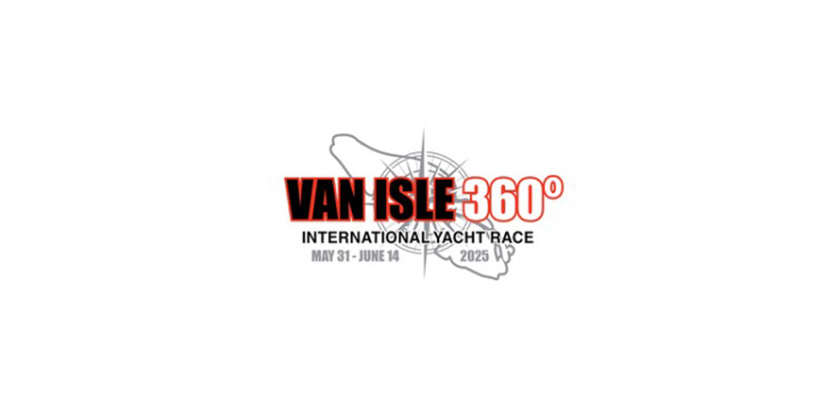Foul Weather Gear
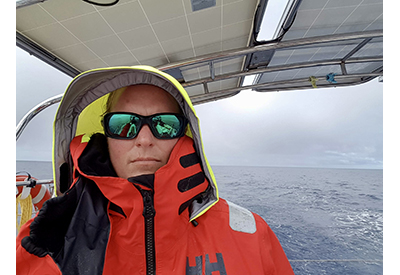
Feb 2, 2022
Winter is a great time to assess your gear and what upgrades you would like to make. Perhaps you are due for new sailing gloves? Maybe some new footwear? If you’re needing new foul weather gear, you may be a bit worried about the price tags and overwhelmed with the choices. However, investing in solid gear that fits well and meets your needs, can be invaluable on a cold, dark, cruising passage.
Finding the right gear that works for you is key, so let me guide you through my checklist when shopping for new gear.
Three Questions to Ask Yourself
There are a few key considerations when you are shopping for new foul weather gear:
- Where will I be sailing? Gear requirements for sailing in the BVIs are substantially different from gear needs for racing on the Great Lakes.
- What time of year will I be sailing? Are you a shoulder-season sailor? Or, are you looking for prime-time summer cruising gear?
- What time of the day will I be sailing? Are you planning evening passages as well, or will this gear be primarily for day sailing?
When purchasing quality foul weather gear, performance should be top of mind narrowing down your selections. You are looking for: windproof, waterproof, breathable, lightweight and durable.
All of these textile requirements make for quality gear that should last you many seasons. These requirements are pretty self-explanatory; windproof, waterproof and breathable will help with managing body temperature. Lightweight and durable are essential for sailors packing gear in and out of boats over and over again. Remember, this is an investment that you want, and expect, to last!
Fit Considerations
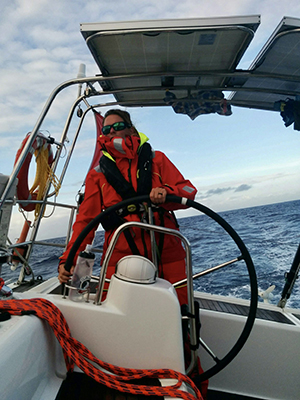 Once you have determined that the gear you are eyeing up will meet your sailing demands, you want to make sure it fits properly. Let’s explore the fit considerations for a good foul weather jacket:
Once you have determined that the gear you are eyeing up will meet your sailing demands, you want to make sure it fits properly. Let’s explore the fit considerations for a good foul weather jacket:
- Overall fit: comfortable space for base layers (ie layering up or down)?
- Adjustable: does the jacket cover your lower back when sitting and moving around the boat? Are you able to adjust the hem to tighten around the waist if needed?
- High collar & double-cuffed sleeves: high collar will help to keep your neck and head warm, while double-cuffed sleeves help to keep unwanted water out of your sleeves.
- Articulated sleeves and overall ease of movement: can you move your arms around comfortably without feeling restrained? Remember all of the sail trimming, raising and lowering you’ll be doing in all kinds of weather! Especially once you don your sailing gear you are probably also adjusting your sails for poor weather (reefing).
Pants have a few extra, or different, considerations including:
- Squat test: are you able to squat down comfortably?
- Knee-up test: are you able to bring your knees up and move around comfortably without having the pants ride up over your footwear?
- Adjustable ankle/leg width: are there adjustments that you can use to snug down the pants around boots? Is there room in the leg for layering up or down?
- Salopettes: are the shoulder straps adjustable?
|
Penny’s Pro Tip All of these adjustments should also be easy to do. When trying on foul weather gear, I suggest you bring along a pair of sailing gloves to see how you do pulling zippers, tightening cuffs, pulling up your hood, etc. There’s nothing worse than taking gloves on and off every time you need to make a small adjustment! |
Accessory Considerations
Finally, there are many accessories to think about with your foul weather gear. For your jacket have a think about:
- Reflective tape/fabric on jacket and hood: ideal for visibility.
- Zippers: are they easy to use and function smoothly (with gloves on!)?
- Hanging loop: can you easily hang up your jacket to dry with a loop?
- Packable & adjustable hood: is it easy to bring out and pack away the hood? Can you adjust it easily with your gloves on? Can you fit a toque or hat under the hood?
- Inside zipper/velcro pockets: is there a pocket for small item storage?
- Outside zipper/velcro pockets: fleece-lined is ideal to keep hands warm. Breast pocket is also great for small item storage.
For your pants, here are a few extra things to check out:
- Knee & seat reinforcement: are these wear points rugged enough?
- Drop seat for women: how much time will you spend below?
- Easy full-length front zipper: how easily can you get in and out of your pants?
- Cargo pocket(s): do you have extra storage for snacks, flashlight, notebook?
- Upper chest pocket (bib pants): is there a chest pocket? If not, does your jacket have an interior pocket?
- Reflective tape: is there tape for visibility? Ideal when you are working the bow at night!
Performance Considerations
As noted above, your foul weather gear should be windproof, waterproof, breathable, lightweight and durable. Depending on where and when you are sailing, some of these properties will be more important than others. For instance, when I am racing I am looking for breathable and lightweight. I need gear that will help me manage my body heat when grinding and moving around the boat. I also want something that moves well with me while I move around the boat and will not impede my ability to trim or change sails. However, when I am offshore cruising, I lean towards gear that is windproof, waterproof and durable. I will use my base layers for staying warm, but I also need my outer shell to be a bit thicker to keep me warm on overnight shifts when I’m potentially sitting in the same position for a couple of hours. There’s nothing better than fleece-lined pockets and a warm hood when stargazing!
In the end, you may go through several sets of foul weather gear while you are trying to find your optimum set up. You may also end up with a few different options depending on the conditions you find yourself sailing in. You will build on your gear as you go and don’t be afraid to mix and match. If the pants you found in one brand are amazing, but the jacket is not, buy the pants and find a jacket in another brand that works for you. In the end, your comfort is what is key.
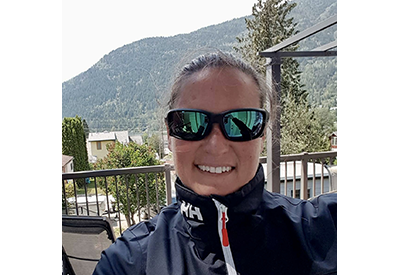 Penny Caldwell is the owner of Sail Nelson and has been an Advanced Cruising Instructor with Sail Canada since 2003. She also hosts a podcast called Your Pocket Sailing Instructor, and is currently completing her Basic Instructor Evaluator certification with Sail Canada.
Penny Caldwell is the owner of Sail Nelson and has been an Advanced Cruising Instructor with Sail Canada since 2003. She also hosts a podcast called Your Pocket Sailing Instructor, and is currently completing her Basic Instructor Evaluator certification with Sail Canada.

